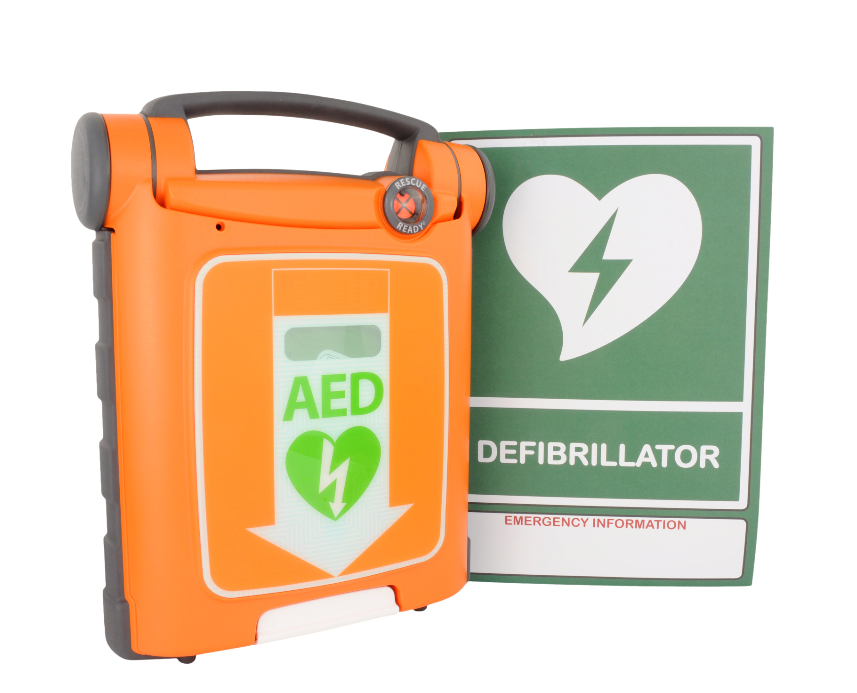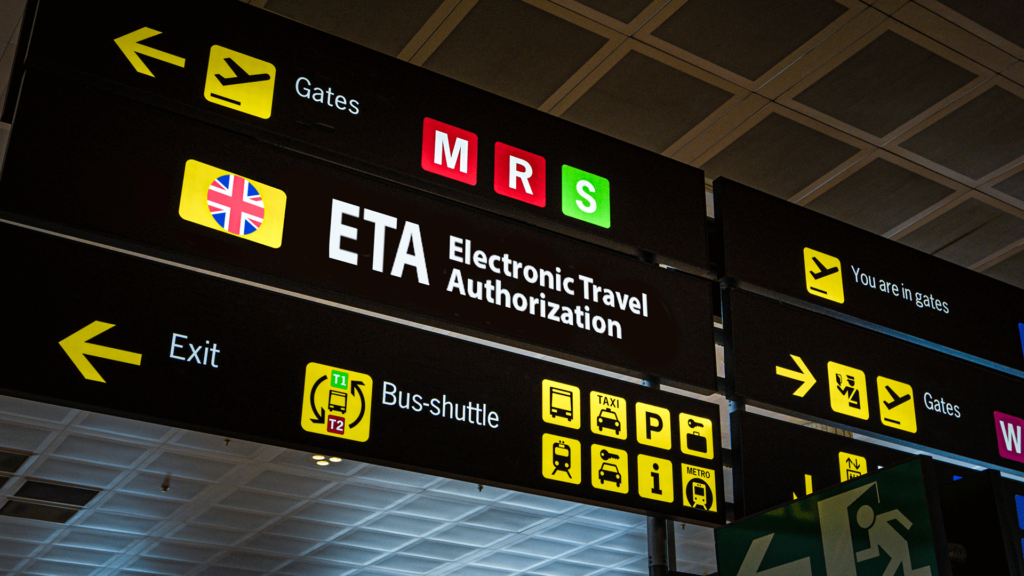For every minute that goes by when someone has had a cardiac arrest and does not receive treatment, their chance of survival decreases by 10%—the chances of survival are currently around 1 in 10.
Typical survival rates have been shown to increase where defibrillation is administered within 3–5 minutes of collapse, producing survival rates as high as 50–75%.
Automated External Defibrillators (AEDs) are computerised devices that monitor heart rhythm and applies a shock to try to restart the heart. They’ve become increasingly popular in the workplace and public spaces, with evidence suggesting that, for those that require immediate resuscitation, the use of an AED has a far better outcome than waiting for the emergency services to arrive on the scene.
Should my business have a defibrillator?
It is not a legal requirement for you to have an AED available at your premises.
However, you should undertake a first aid needs assessment to determine if such equipment is required. The assessment should consider the likelihood of a cardiac arrest occurring at your premises and the potential consequences should a cardiac arrest occur.
The Resuscitation Council (UK) suggests that you consider:
- the number of people using your premises (this may include the public)
- the risk of cardiac arrest occurring at your premises due to the profile of users (e.g. predominantly middle-aged males or older persons)
- the type of work activities being undertaken at your premises (e.g. physical workloads or stressful
environments)




